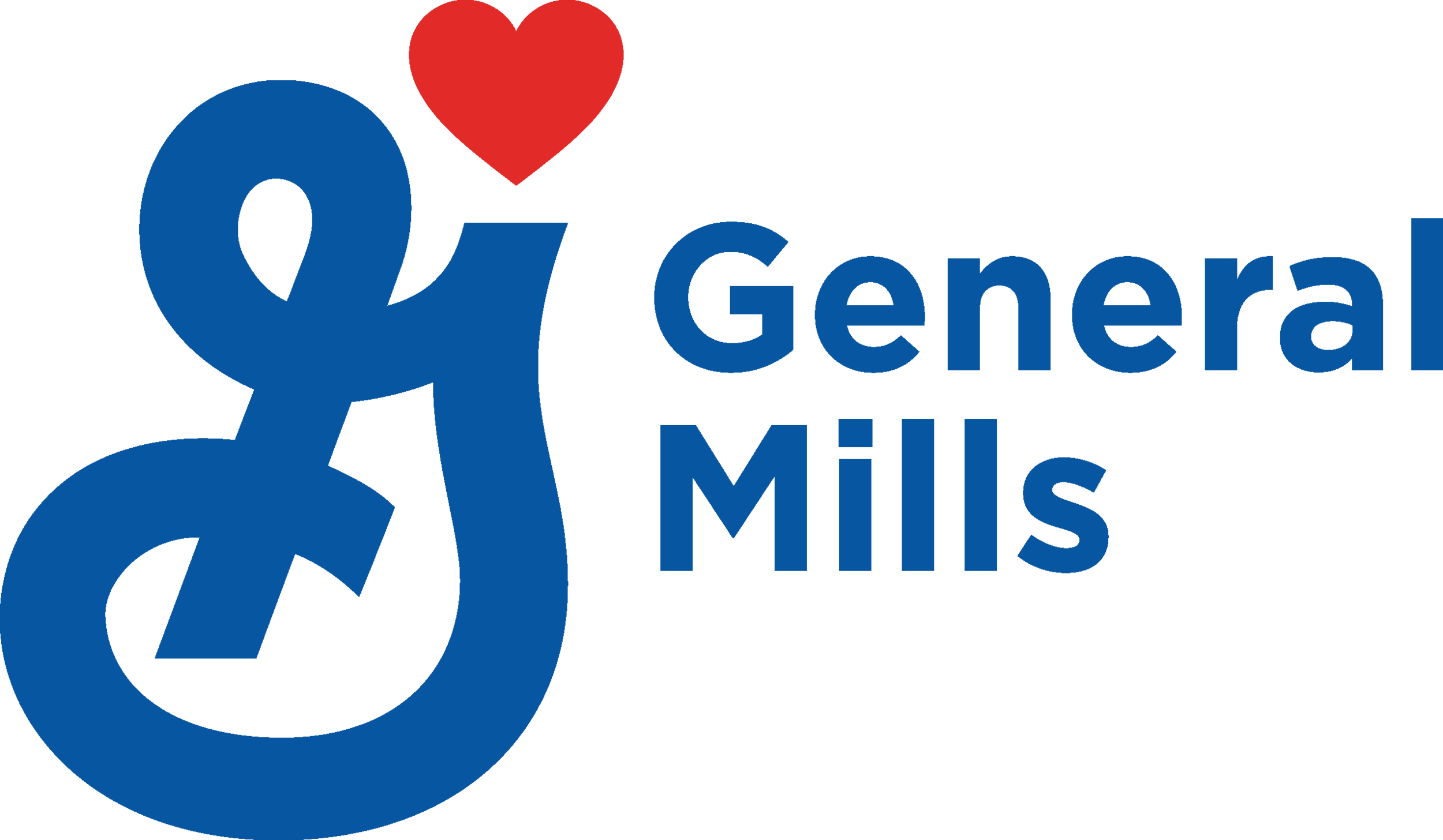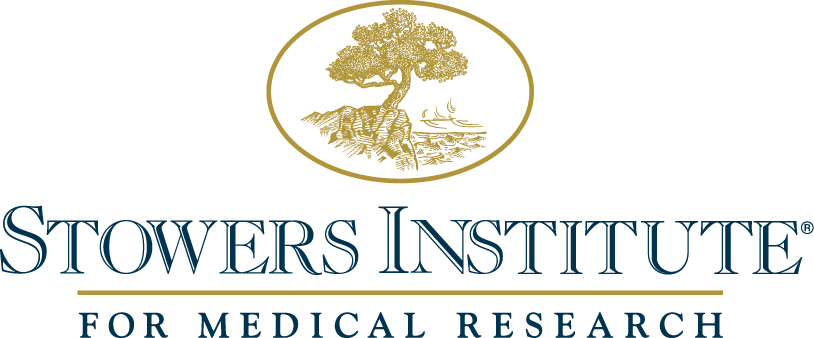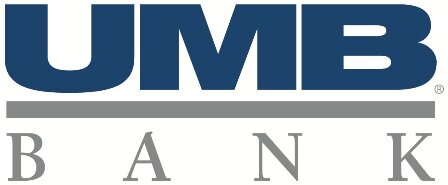“Leaders of the best places to work realize that inspiring their workers to give extra effort is a major competitive advantage.”


Leigh Branham
Founder and Managing Principal
of Keeping the People, Inc.
I devoted the first twenty years of my career to helping individuals in the management of their own careers. I invested the past twenty years in helping companies engage and retain their talent. I have a strong belief based on years of experience that companies and individuals can successfully merge their goals and that investing in people is the surest path to prosperity and profitability.
The benefits of having a highly engaged workforce are widely recognized. The Gallup Organization reports that companies with employee engagement survey scores in the top 50th percentile achieve productivity measures that are 70% higher than those in the bottom 50th percentile. Still, only 66% of managers say that they know what employee engagement is (Modern Survey). This helps to explain why only 34% of American workers are fully engaged (Gallup).
This is why my mission now is to educate leaders and managers about the universal drivers of employee engagement and the kinds of specific actions and practices they can use to increase team engagement one person at a time.
I invite you to contact me to discuss how I can help increase employee engagement in your organization via an in-person presentation, workshop, or webinar.
Presentations
Since founding Keeping the People in 2004, I have spoken to hundreds of audiences in ten countries, sharing the results of my research into why people choose to leave, stay, and give their best effort…or withhold it.
Workshops
Workforces cannot be engaged, but people can be…one at a time. This is the work of leaders and managers, many of whom are not sure where to begin. My workshops allow managers the time to learn in detail about the Six Universal Drivers of Employee Engagement and how to leverage them.
Popular Articles
It hurts when good people break the news that they are moving on. It doesn't just take an emotional toll, but a financial one as well--customer service is disrupted, sales and customers may be lost, other employees are shocked and distracted, and now we have to take on the work of finding a replacement and getting the new person up to speed.
The best way to attract and recruit the right talent is by becoming a great place to work. That means having senior leaders and managers who demonstrate daily that they care about, respect, value, nurture, and invest in workers at every level.
More than 70 percent of organizations conduct employee surveys, but many conduct those surveys in such a way that they wish they had never surveyed in the first place. Knowing these 12 most common mistakes makes it less likely you will make them.
Leigh Branham interviewed by David Creelman, Chief Correspondent, Human Capital Institute "Creelman At Large"
Leigh Branham joins Jim Blasingame on The Small Business Advocate to report on the two ways that key employees leave your business, including the inevitable as people seek their own growth, and the preventable kind caused by your own bad management.
Leigh Branham joins Jim Blasingame on The Small Business Advocate to reveal that you need to consider the five elements in the cost of employee turnover – especially the ones you could prevent – as you compensate and lead your people.
Leigh Branham joins Jim Blasingame on The Small Business Advocate to reveal that you need to consider the five elements in the cost of employee turnover – especially the ones you could prevent – as you compensate and lead your people.
Most of the emphasis and onus has been placed on the responsibility of leaders and managers to keep their employees engaged. The obvious truth is that both managers and employees share responsibility for engagement.
I was following a thread of posts on Linked-In recently on the topic of employee engagement, and was a little taken aback by the following statement from one contributor to the lively conversation:
“Some managers don’t believe in employee engagement.”
Here's the question I keep asking myself--Why should we spending our energies proving what we intuitively know already? Instead, if we already know that higher levels of employee engagement are worth striving for, and we are serious about creating a more engaged workforce, it seems to me that we should be focused on: 1. understanding the obstacles to employee engagement, and 2.
Start a Conversation with Leigh







































